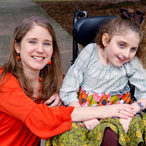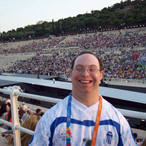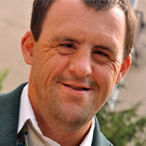NIH awards nearly $100 million for Autism Centers of Excellence program
The National Institutes of Health has awarded nine research grants totaling nearly $100 million over the next five years for the Autism Centers of Excellence (ACE), a program that supports large research projects aimed at understanding and developing interventions for autism spectrum disorder (ASD).




















 BACK TO TOP
BACK TO TOP